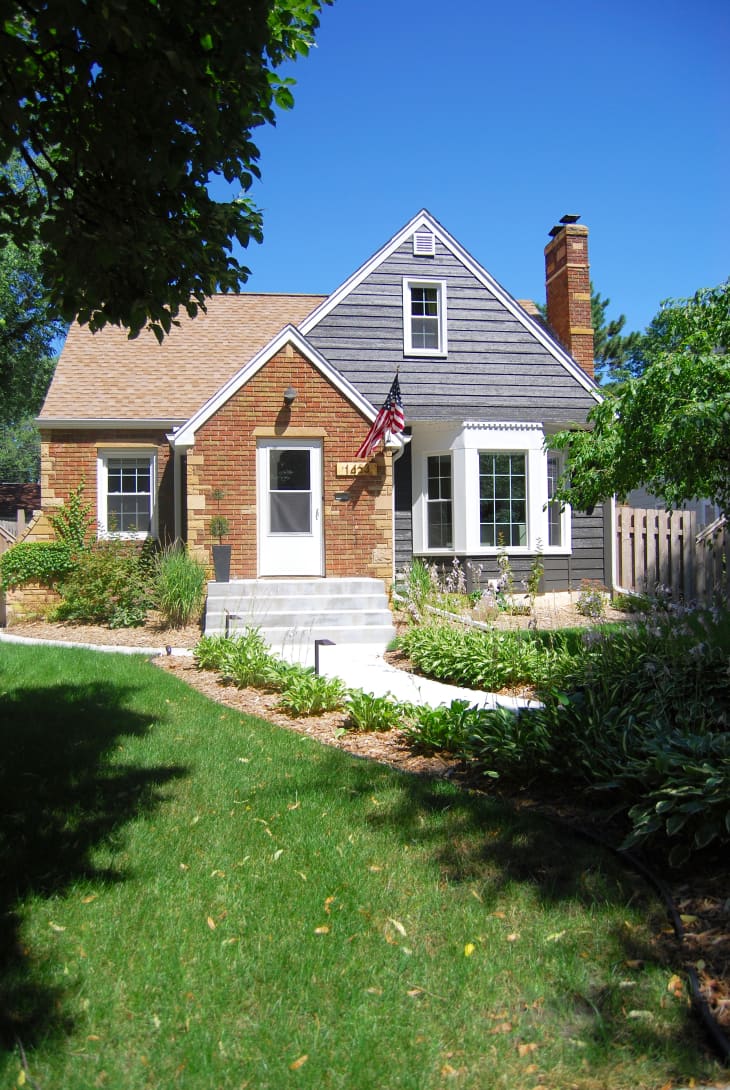These May or May Not Be the Best Cities for First-Time Homebuyers

Mortgage marketplace Lending Tree recently ranked its best cities for first-time homebuyers, and the results are, well… let’s just say it’s great news if you’d like to live in Little Rock, Ark., which Lending Tree found to be the most hospitable U.S. city to first-time home buyers.
Birmingham, Ala., Grand Rapids, Mich., Youngstown, Ohio, and Winston, N.C. rounded out the top five. And while the two top-scoring cities were in the South, 12 of the top 15 were in the Rust Belt states of Ohio, Michigan, Indiana, and Pennsylvania, including Indianapolis (No. 7) and Pittsburgh (No. 9). The most challenging cities for first-time buyers, meanwhile, were Denver, New York, and San Francisco.
To reach these conclusions, Lending Tree graded the 100 largest U.S. cities on six criteria, several of which were focused on down payments — since that’s the big obstacle first-time buyers often struggle with. Here’s a look at their six categories (and why I think a couple of them might be safely ignored):
Average down payment: Saving for a down payment is one of the biggest hurdles to buying your first home. Not that it’s easy, but it’s at least easier to come up with $20,000 in cash than, say, $60,000.
A smaller average down payment can indicate that area home prices are simply really low, or that sellers and lenders are more comfortable with low-down-payment mortgages. Either one would help a savings-strapped first-time home buyer. The lowest average down payment was $19,809 in McAllen, Texas.
Share of buyers who use FHA financing: Mortgages backed by the Federal Housing Administration offer down payments as low as 3% and a little more flexibility with debt-to-income ratios and credit scores. However, I’m not sure how important a consideration this is, on top of all the other down payment measures.
Plus, some states and cities offer their own first-time home buyer programs that are even more generous than FHA loans, and this metric would appear to disregard or even punish those places. Nearly half (49%) of buyers in Grand Rapids used an FHA loan, the most in the country.
Average down payment percentage: This is another good measure that gets at the down payment problem from a slightly different angle. In competitive markets, investors can crowd out first-time buyers with all-cash offers — i.e., a 100% down payment — scooping up homes quickly with no need to wait for financing contingencies.
While the average down payment metric rewards low-priced markets, this one can measure whether a higher-priced market is at all approachable for first timers. The lowest average down payment percentage was in El Paso, Texas, at 10% of the sale price.
Percentage of buyers with subprime credit (below 680): Since first-time home buyers generally have worse credit than current homeowners, Lending Tree argues they would face less competition (and therefore have an easier time buying) in communities without a lot of good-credit buyers.
But I don’t see how that really helps. If anything, based on the 2007-08 housing crisis, a market with a higher share of subprime mortgages sounds like a pending implosion you’d want to steer clear of, right? Grand Rapids was No. 1 here, with a full 59% of buyers sporting subprime credit scores. Toledo and Akron, Ohio, weren’t far behind.
Housing Opportunity Index: This measures the share of homes sold that would be considered affordable for a family earning the area’s median income — meaning your mortgage payment wouldn’t exceed 30% of your household income.
This is a good metric to pay attention to, since incomes and cost of living vary so dramatically across the country. Youngstown, Ohio, led the nation in this category, with 90.1% of homes considered affordable on a median income.
Average FHA down payment vs. average down payment: The dollar difference between a 3% down payment on an FHA loan and a 20% down payment on a traditional mortgage is less dramatic in areas where the average home costs $100,000 (a difference of $17,000) than where it costs $500,000 (a difference of $85,000). This tries to capture the value of that FHA discount.
Grand Rapids was No. 1, but I’m not sure this metric is particularly useful, either: San Jose, Calif., where the average down payment was a whopping $152,650, ranked 6th in this category — helping it place weirdly high in the overall rankings, despite it being a rather hellish nightmare of a housing market for most first-time buyers.
While these types of rankings are never perfect, and I’m in no rush to move to Little Rock, you do have to admit that it’d be a lot easier to buy your first home there than in San Francisco.
What do you think of their ranking system and the results? What other factors would make a city good for first-time buyers?